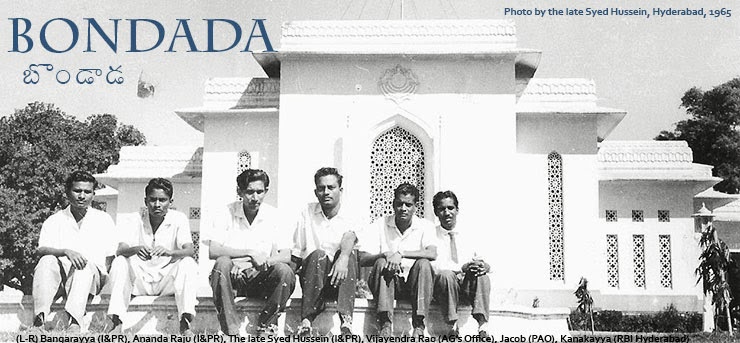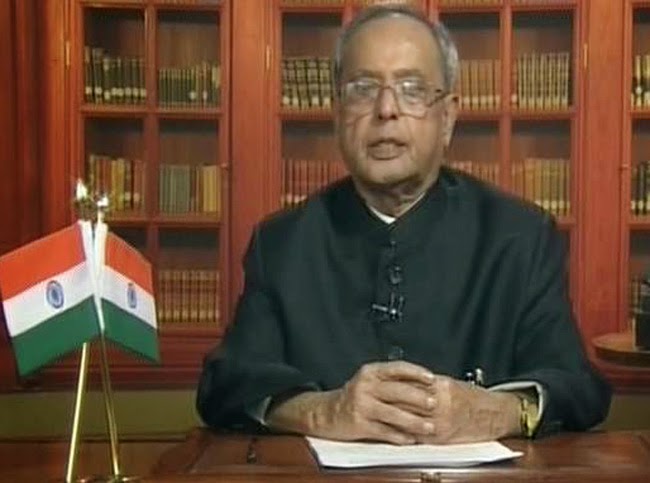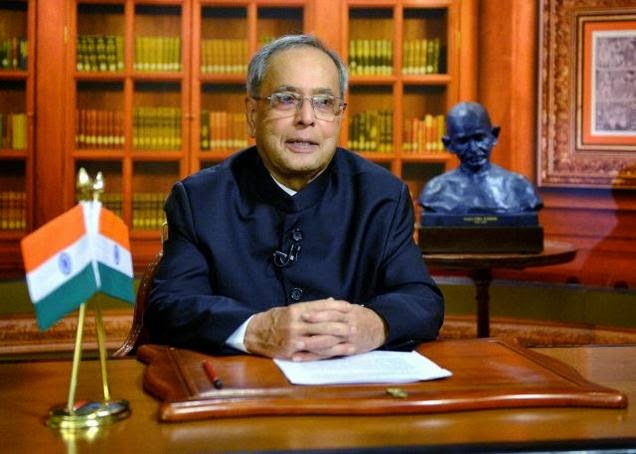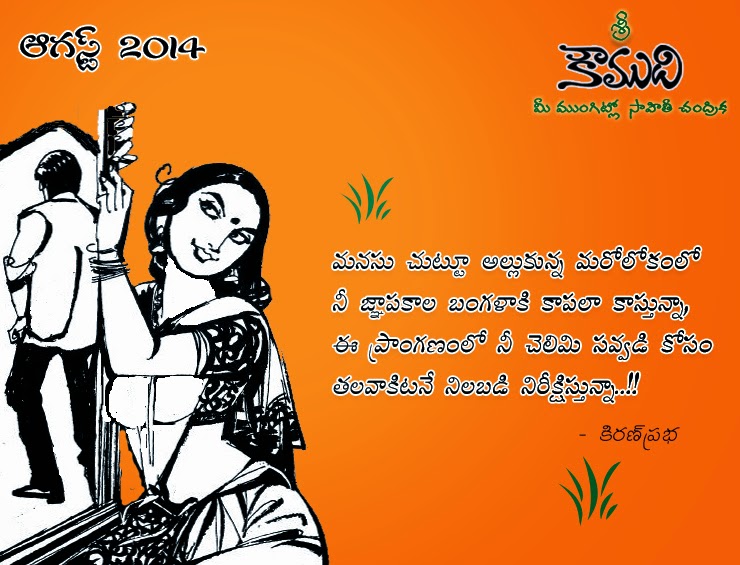September 7, 2014
Raghu Murtugudde
We occasionally run into some people who are eternally optimistic, flitting across life like a hummingbird darting among flowers and savouring nectar.
And then there are some who seem eternally miserable with nothing positive to say about anything or anybody, evoking the image of a worm writhing inescapably in a life that is like a pile of cow-dung.
What makes some so happy and trusting while some others so melancholic and suspicious despite being surrounded by loving family?
This can be especially painful when someone close to you is not only of the morose disposition but also advancing in years and needs to be looked after.
The western world has made the transition into a societal structure where the old are pretty much expected to check themselves into a retirement home and take care of themselves. But a country like India is still in transition from a generation that expects to be taken care of by their children, to a new middle-aged generation that sees the inevitability of not being able to count on their children during their own impending old age.
This responsibility of caring for aging parents and grandparents comes with a cultural narrative that makes it sinfully disrespectful to say anything negative about elders. Yet, with the nuclearisation of families the practicality of the situation is that many of the elderly end up living on their own.
Why this cultural obsession about not facing the reality that unsavoury persons are not just out there creating instability elsewhere but they could be close relatives as well? We are all human, after all. Would we be better off understanding how trust and respect actually manifest among humans?
The trust molecule
A hormone called oxytocin is shown to be the trust molecule, and it is associated with feelings of mutual trust. It is also known as the cuddle or love hormone, as it spikes during orgasm. It is most active during childbirth and breastfeeding. Experiments done with oxytocin sprays show enhanced levels of trust and cooperation.
Oxytocin release happens for most people with a simple smile from a stranger leading to small conversations and likely friendships or even mutually beneficial transactions.
Trust levels are generally found to be higher in richer countries than in poor countries. Of course, it is known that the poor are subject to higher levels of cognitive constraints or difficulties in making rational decisions since self-control is a limited quantity; one big decision in the morning can make it harder to make more difficult decisions during the rest of the day, leading to a catch-22 situation of being trapped in difficulty with trust.
So how does this relate to pessimistic personalities or even abusive behaviour towards one’s own family members? Many individuals, for example those suffering from autism or with brain damage, can have low oxytocin levels or an inability to assimilate oxytocin like normal people. This can lead to sociopathic behaviour in extreme cases or simply result in an utter inability to form trusting social interactions in the most benign cases.
Sensitivity reset
Research indicates that the lack of a secure family environment or a sense of isolation and insecurity may reset the sensitivity of an individual to oxytocin release. Any feeling of not being trusted is found to cause elevated levels of testosterone release and an aggressive or confrontational behaviour among men with these brain dysfunctions. The nuclearisation of families is possibly causing a sense of isolation and unpredictability among the elderly and must definitely be exacerbating abusive behaviour with old age for those who may already have an oxytocin deficiency.
Most of us know someone — often a close relative who seems to be sociopathic and even oblivious to the suffering of his own child or grandchild — who is aggressive to the extent of being grossly abusive on a daily basis. The cultural norms and expectations place a cruel burden, especially on care-giving woman members of the family, forcing them to tolerate atrocities from the ‘elderly’. It is not sufficient to explain away cruel behaviour as a medical condition. Sadly, it is often not even possible to treat these conditions with anti-depressants or other palliative drugs because of the social stigma of consulting a psychiatrist. It is time for us to accept that life need not become a pile of cow-dung and we need not get stuck till the dung dries and the worm dies. Death is inevitable but it can be a pleasant journey to the destination. It is time to accept the frailties of the human mind and face the reality that even our own relatives can be afflicted with psychological disorders.
ragu@essic.umd.edu
Raghu Murtugudde
We occasionally run into some people who are eternally optimistic, flitting across life like a hummingbird darting among flowers and savouring nectar.
And then there are some who seem eternally miserable with nothing positive to say about anything or anybody, evoking the image of a worm writhing inescapably in a life that is like a pile of cow-dung.
What makes some so happy and trusting while some others so melancholic and suspicious despite being surrounded by loving family?
This can be especially painful when someone close to you is not only of the morose disposition but also advancing in years and needs to be looked after.
The western world has made the transition into a societal structure where the old are pretty much expected to check themselves into a retirement home and take care of themselves. But a country like India is still in transition from a generation that expects to be taken care of by their children, to a new middle-aged generation that sees the inevitability of not being able to count on their children during their own impending old age.
This responsibility of caring for aging parents and grandparents comes with a cultural narrative that makes it sinfully disrespectful to say anything negative about elders. Yet, with the nuclearisation of families the practicality of the situation is that many of the elderly end up living on their own.
Why this cultural obsession about not facing the reality that unsavoury persons are not just out there creating instability elsewhere but they could be close relatives as well? We are all human, after all. Would we be better off understanding how trust and respect actually manifest among humans?
The trust molecule
A hormone called oxytocin is shown to be the trust molecule, and it is associated with feelings of mutual trust. It is also known as the cuddle or love hormone, as it spikes during orgasm. It is most active during childbirth and breastfeeding. Experiments done with oxytocin sprays show enhanced levels of trust and cooperation.
Oxytocin release happens for most people with a simple smile from a stranger leading to small conversations and likely friendships or even mutually beneficial transactions.
Trust levels are generally found to be higher in richer countries than in poor countries. Of course, it is known that the poor are subject to higher levels of cognitive constraints or difficulties in making rational decisions since self-control is a limited quantity; one big decision in the morning can make it harder to make more difficult decisions during the rest of the day, leading to a catch-22 situation of being trapped in difficulty with trust.
So how does this relate to pessimistic personalities or even abusive behaviour towards one’s own family members? Many individuals, for example those suffering from autism or with brain damage, can have low oxytocin levels or an inability to assimilate oxytocin like normal people. This can lead to sociopathic behaviour in extreme cases or simply result in an utter inability to form trusting social interactions in the most benign cases.
Sensitivity reset
Research indicates that the lack of a secure family environment or a sense of isolation and insecurity may reset the sensitivity of an individual to oxytocin release. Any feeling of not being trusted is found to cause elevated levels of testosterone release and an aggressive or confrontational behaviour among men with these brain dysfunctions. The nuclearisation of families is possibly causing a sense of isolation and unpredictability among the elderly and must definitely be exacerbating abusive behaviour with old age for those who may already have an oxytocin deficiency.
Most of us know someone — often a close relative who seems to be sociopathic and even oblivious to the suffering of his own child or grandchild — who is aggressive to the extent of being grossly abusive on a daily basis. The cultural norms and expectations place a cruel burden, especially on care-giving woman members of the family, forcing them to tolerate atrocities from the ‘elderly’. It is not sufficient to explain away cruel behaviour as a medical condition. Sadly, it is often not even possible to treat these conditions with anti-depressants or other palliative drugs because of the social stigma of consulting a psychiatrist. It is time for us to accept that life need not become a pile of cow-dung and we need not get stuck till the dung dries and the worm dies. Death is inevitable but it can be a pleasant journey to the destination. It is time to accept the frailties of the human mind and face the reality that even our own relatives can be afflicted with psychological disorders.
ragu@essic.umd.edu
Source: The Hindu











